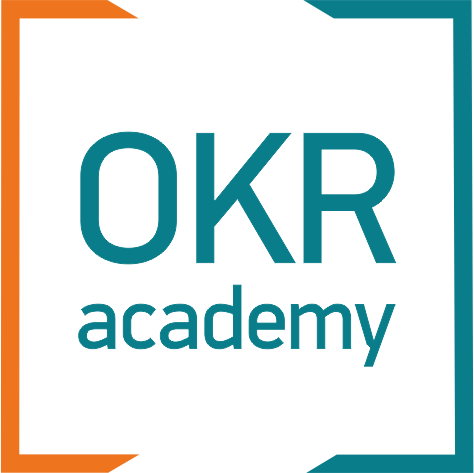Why OKR?
Navigating Complexity with Clarity: How the STACEY Matrix Explains the Benefits of OKR

The STACEY matrix is a framework used to understand the complexity of a given situation and determine the appropriate management approach. It has four quadrants based on the level of certainty and agreement among stakeholders. In this article, we will explore how the STACEY matrix can help explain why and where OKR (Objectives and Key Results) is useful.
The STACEY Matrix
The STACEY matrix is named after Ralph Stacey, a professor of management at Hertfordshire University. It categorizes situations into four quadrants based on two variables: certainty and agreement.
The STACEY matrix is named after Ralph Stacey, a professor of management at Hertfordshire University. It categorizes situations into four quadrants based on two variables: certainty and agreement.
- Simple: In a simple situation, there is a high level of certainty and agreement among stakeholders. The solution is clear, and there is little need for collaboration or innovation.
- Complicated: In a complicated situation, there is a high level of certainty, but there may not be agreement among stakeholders. The solution may require specialized knowledge or expertise, and collaboration may be necessary.
- Complex: In a complex situation, there is a low level of certainty and a low level of agreement among stakeholders. The solution may be unclear, and collaboration and experimentation may be necessary.
- Chaotic: In a chaotic situation, there is a low level of certainty and a high level of disagreement among stakeholders. The situation is unpredictable and requires immediate action to restore order.
OKR and the STACEY Matrix
OKR is a goal-setting framework that can help businesses achieve their objectives and key results. OKR is particularly useful in complex and complicated situations because it provides a clear structure for setting and measuring goals. Let's examine how the STACEY matrix can explain why and where OKR is useful.
OKR is a goal-setting framework that can help businesses achieve their objectives and key results. OKR is particularly useful in complex and complicated situations because it provides a clear structure for setting and measuring goals. Let's examine how the STACEY matrix can explain why and where OKR is useful.
- Simple: In a simple situation, OKR may not be necessary because the solution is clear, and there is little need for collaboration or innovation. In such situations, traditional goal-setting methods may be more appropriate.
- Complicated: In a complicated situation, OKR can be useful because it provides a clear structure for setting and measuring goals. OKR encourages collaboration and aligns objectives and key results across the organization. This alignment helps businesses to work together towards shared goals, reducing silos and increasing cross-functional cooperation.
- Complex: In a complex situation, OKR is particularly useful because it provides a flexible framework that can adjust to changing circumstances. Short-term objectives allow businesses to respond quickly to changes in the environment, while long-term objectives provide a clear direction for the organization. OKR encourages experimentation and innovation, helping businesses to find new and creative solutions to complex problems.
- Chaotic: In a chaotic situation, OKR may not be the most appropriate approach because the situation requires immediate action to restore order. However, OKR can be useful in helping businesses to recover from chaotic situations by providing a clear structure for setting and measuring goals.
The STACEY matrix is a useful framework for understanding the complexity of a given situation and determining the appropriate management approach. OKR is a goal-setting framework that can help businesses achieve their objectives and key results. OKR is particularly useful in complicated and complex situations because it provides a clear structure for setting and measuring goals, encourages collaboration and experimentation, and aligns objectives and key results across the organization. While OKR may not be the most appropriate approach in chaotic situations, it can be useful in helping businesses recover from chaotic situations by providing a clear structure for setting and measuring goals. Overall, the STACEY matrix can help explain why and where OKR is useful in helping businesses achieve their goals in complex and challenging environments.
